I'm learning about reversing. I've attached OllyDbg to a program that uses WSASendTo (from WS2_32.dll), and breaks at the call to WSASendTo. When the call is made, the stack looks like the following:

According to MSDN, that second argument is a pointer to "an array of WSABUF structures" shown below:

So my question is this: how do I follow the pointers in memory to see the data in memory? Below is a view in OllyDbg of the memory location 0x1970F6B8 (which represents the WSABUF struct referenced from the stack), but from there on, I don't know how this struct is layed out in memory to grab the "char FAR *buf" pointer and find its contents in memory.

I've read that the layout of a struct in memory can be compiler-dependent. If so, how does a reverse engineer (or the CPU) determine where the contents of a struct actually exist?